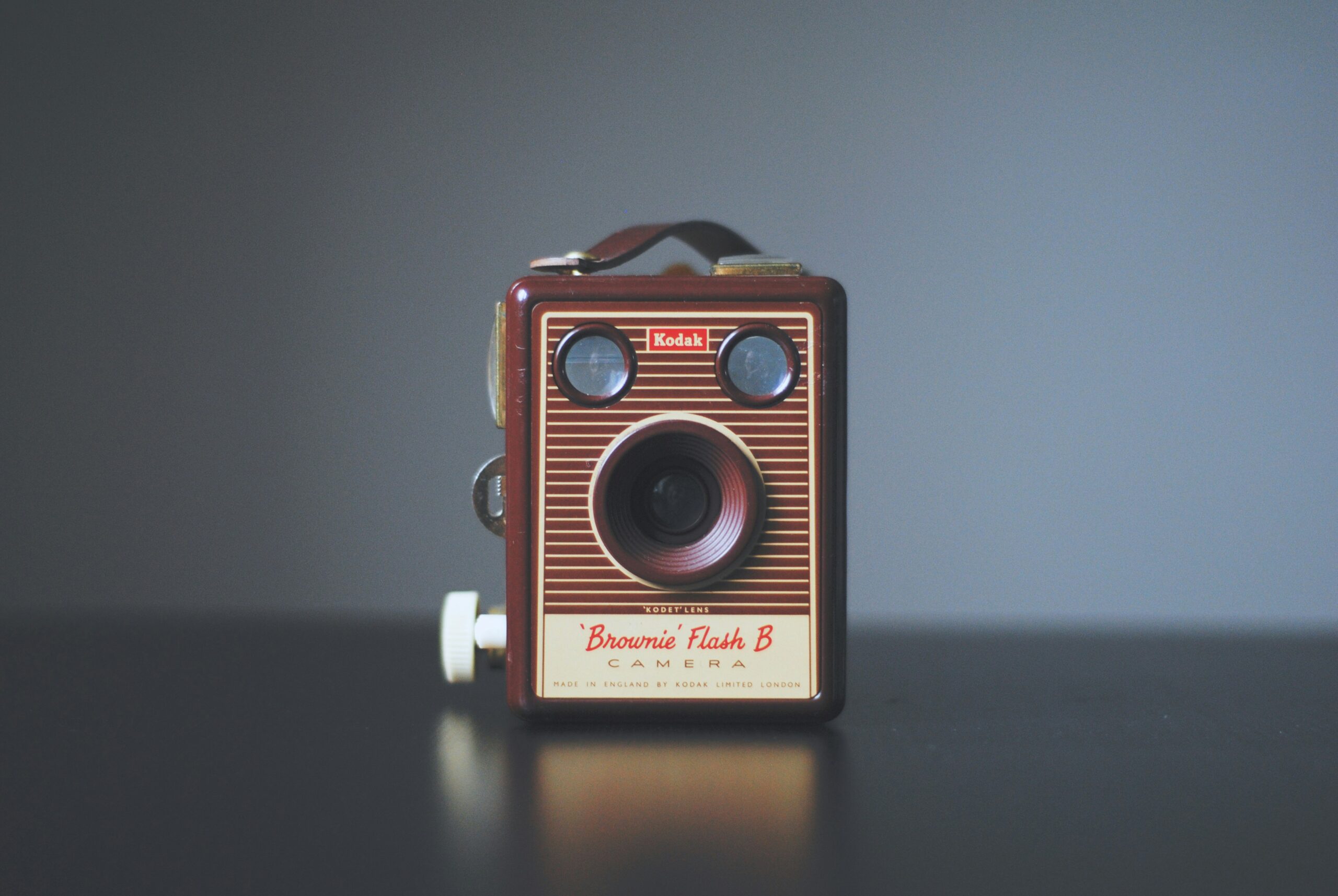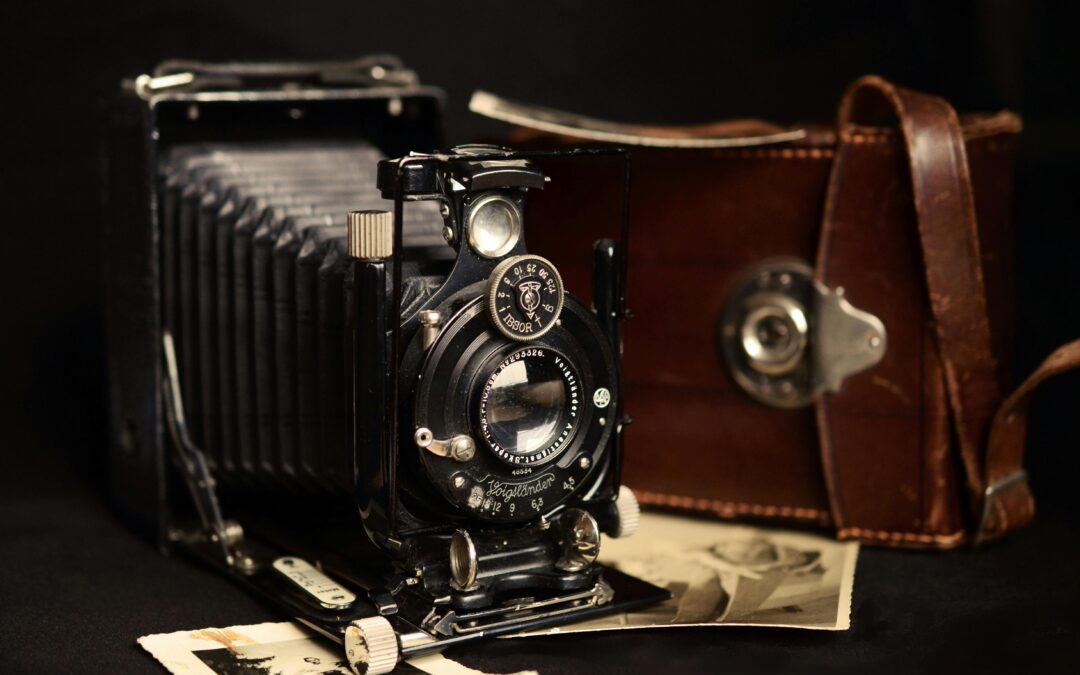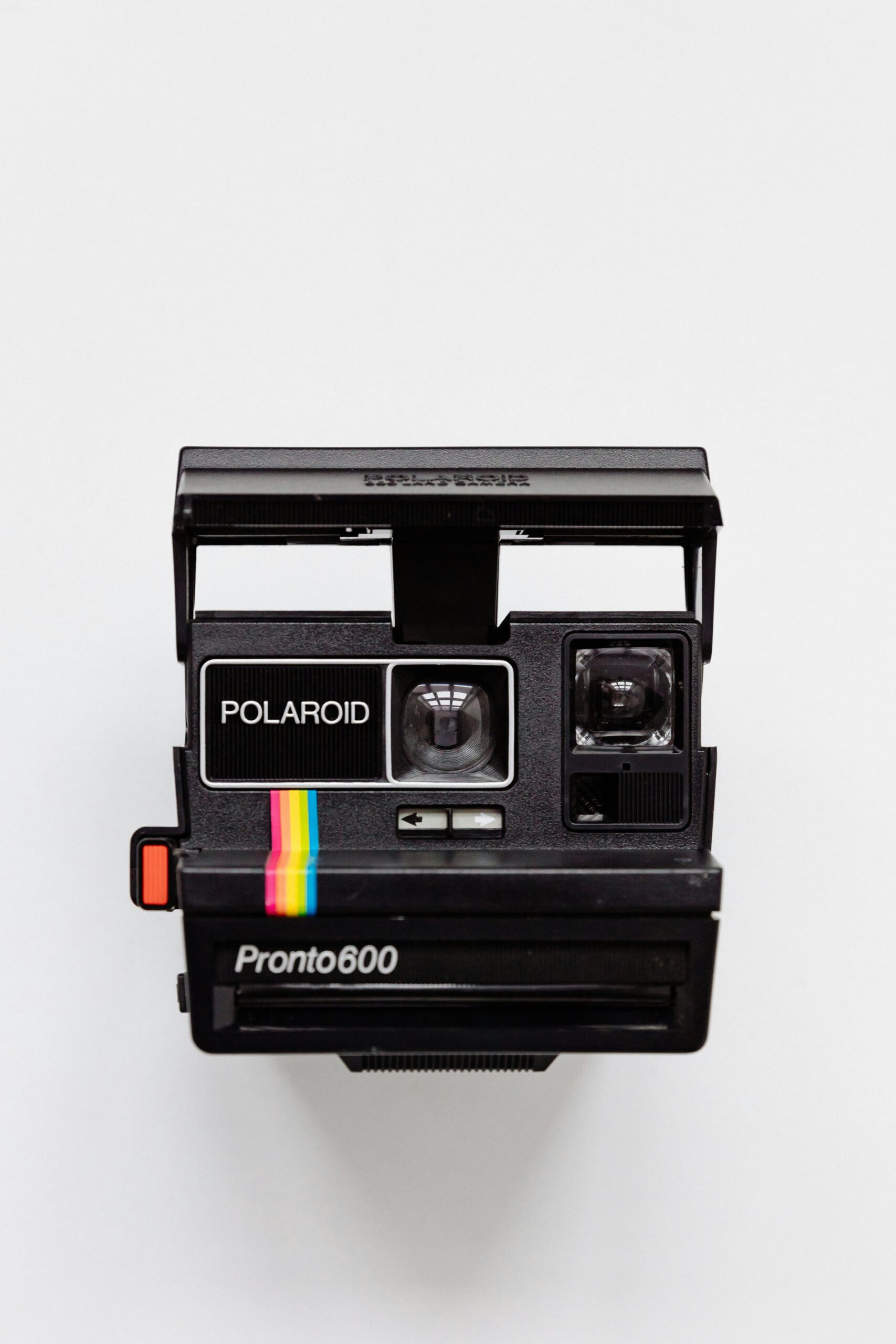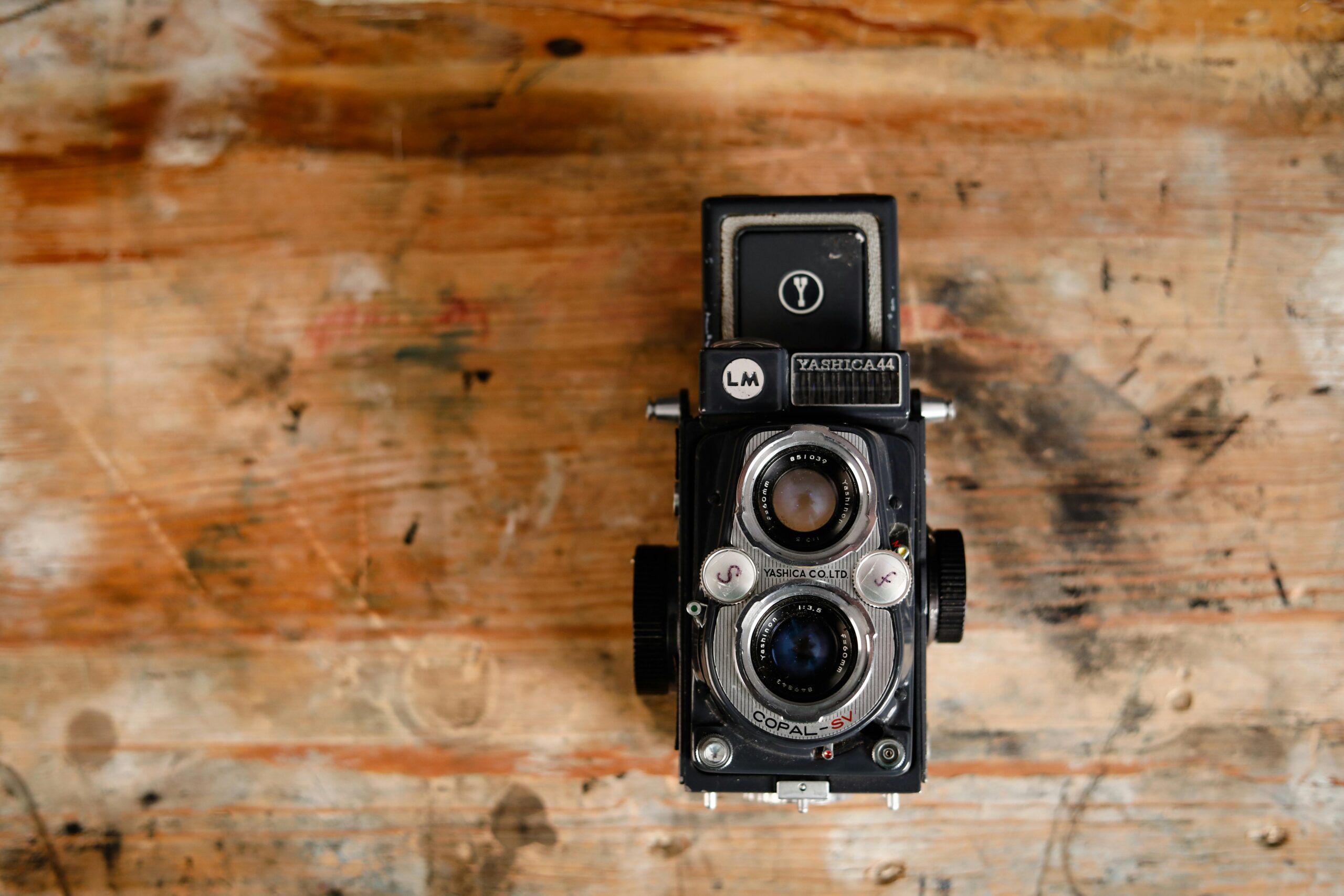There’s something magical about holding a vintage camera in my hands. The satisfying click of the shutter the solid feel of metal and glass and the anticipation of seeing a photo develop all make shooting with these classics an experience like no other. While digital cameras offer convenience nothing quite matches the charm and character of film.
I’ve spent years exploring the world of vintage cameras and I’ve found that each one tells its own story. Whether you’re a seasoned photographer or just starting your journey these timeless devices can open up a new way of seeing the world. If you’re curious about which vintage cameras stand out from the rest you’re in the right place.
What Makes Vintage Cameras Special
Vintage cameras stand out for their distinct build quality, mechanical craftsmanship, and tactile controls. I notice that when handling cameras from decades past, like the Leica M3 or Rolleiflex 2.8F, every dial and lever feels intentionally designed. Unlike digital point-and-shoots, vintage cameras require manual adjustment for focus, aperture, and shutter speed, giving me direct creative control.
Film photography introduces unpredictability through light leaks, grain, and chemical development. I get unique results with each shot, since factors like expired film or classic lenses add a different character. Manufacturers like Nikon, Canon, and Pentax engineered their legacy models for durability—examples include the Nikon FM2 or Canon AE-1, both known for their resilience and mechanical reliability.
Vintage camera use involves a ritualistic experience: I load film, advance the frame, and anticipate each photograph. This tactile engagement turns each image into a tangible memory, something digital workflows rarely provide. Collectors and photographers often seek these cameras for both practical photography and their design aesthetics, with many models featuring metal bodies, leatherette accents, and analog engravings.
Key Features of Popular Vintage Cameras
| Camera Model | Release Year | Notable Feature | Origin |
| Leica M3 | 1954 | Rangefinder precision | Germany |
| Nikon FM2 | 1982 | 1/4000s mechanical shutter | Japan |
| Canon AE-1 | 1976 | Shutter-priority auto exposure | Japan |
| Pentax K1000 | 1976 | Simplicity and reliability | Japan |
| Rolleiflex 2.8F | 1960 | Twin-lens reflex design | Germany |
Casino Photography: Vintage Cameras at Historic Casinos
Some photographers use vintage cameras to document classic casinos, capturing the ambiance of gilded halls and neon-lit facades. When I shoot inside historic casinos like those in Las Vegas or Monte Carlo, the unique lighting and architectural details get preserved with film’s depth and color rendition. Vintage cameras often absorb challenging lighting better than early digital models, highlighting ornate details and timeless atmospheres found only in classic casino settings.
Key Features to Look for in Vintage Cameras
Mechanical reliability defines vintage cameras. Brass gears, metal dials, and reliable shutters, like those on the Leica M3 and Nikon FM2, enable consistent operation decades after release.
Manual controls grant creative precision. Dedicated aperture, shutter speed, and ISO dials, found on models like the Pentax Spotmatic or Canon AE-1, provide tactile feedback and direct adjustment, so I can fine-tune exposure quickly.
Build quality sets iconic cameras apart. Magnesium or stainless steel builds, used in cameras such as the Olympus OM-1, resist wear and add weight for steady handling.
Viewfinder clarity aids composition. Bright, parallax-corrected finders, including rangefinders and SLR prisms, improve focus and framing accuracy in low-light environments.
Film format flexibility supports creativity. Common 35mm, medium, and large formats (like those in Hasselblad 500C or Rolleiflex TLRs) produce distinct looks and depth, affecting grain and color rendition.
Lens compatibility expands options. Interchangeable lens mounts, especially the Nikon F mount or Leica M mount, unlock diverse vintage and modern glass, letting me tailor my setup.
Table: Essential Features in Notable Vintage Cameras
| Camera Model | Mechanical Reliability | Manual Controls | Build Quality | Viewfinder Type | Film Format | Lens Mount |
| Leica M3 | High | Full | Brass/Steel | Bright Rangefinder | 35mm | Leica M |
| Nikon FM2 | High | Full | Metal | SLR Prism | 35mm | Nikon F |
| Pentax Spotmatic | Good | Full | Metal | SLR Prism | 35mm | M42 Screw |
| Olympus OM-1 | Good | Full | Magnesium | SLR Prism | 35mm | OM Mount |
| Hasselblad 500C | Excellent | Full | Stainless | Waist-Level Finder | 120 (Medium) | Hasselblad |
| Rolleiflex 2.8 | Good | Aperture/Shutter | Metal | Twin-Lens Reflex | 120 (Medium) | Fixed Lens |
Classic casino ambiance pairs well with film color rendering. High-quality viewfinders and precise controls, present in the Leica M3 and Nikon FM2, make capturing low-light casino interiors and vibrant neon signage more intuitive, delivering results that highlight the historic mood of these venues.
Top Picks for the Best Vintage Cameras
These vintage cameras represent precise mechanical design and imaging artistry. Each stands out for tactile feel, build reliability, and distinctive photographic outcomes.
Best Film SLR Cameras
I value film SLR cameras for their manual controls and robust mechanics. Models like the Nikon FM2, Pentax Spotmatic, and Olympus OM-1 remain favorites for consistent performance.
| Model | Key Feature | Year | Notable for |
| Nikon FM2 | Full manual | 1982 | Durability, 1/4000s shutter |
| Pentax Spotmatic | M42 mount | 1964 | Wide lens compatibility |
| Olympus OM-1 | Compact, lightweight | 1972 | Innovative controls, low weight |
Best Rangefinder Cameras
Rangefinder cameras provide quiet operation and compact design. Classic examples include the Leica M3, Canonet QL17 GIII, and Yashica Electro 35 for their precision focus and reliable shutters.
| Model | Viewfinder Type | Year | Popular for |
| Leica M3 | Large, bright | 1954 | Smooth advance, sharp lenses |
| Canonet QL17 GIII | Fixed lens | 1972 | Fast f/1.7 lens, quick loading |
| Yashica Electro 35 | Electronic shutter | 1966 | Affordable, accurate metering |
Best Medium Format Cameras
Medium format cameras offer high resolution and unique depth. I appreciate the Hasselblad 500C, Rolleiflex 2.8F, and Mamiya C330 for their image quality and sturdy mechanics.
| Model | Film Format | Year | Distinct Advantage |
| Hasselblad 500C | 6×6 cm | 1957 | Modular design, legendary Zeiss lenses |
| Rolleiflex 2.8F | 6×6 cm | 1960 | Bright waist-level finder, twin-lens reflex |
| Mamiya C330 | 6×6 cm | 1969 | Interchangeable lenses, robust build |
Best Instant Cameras
Instant cameras deliver immediate physical prints. Models like the Polaroid SX-70, Polaroid 600, and Fuji Instax Wide 300 stand out for accessibility and nostalgic output.
| Model | Film Type | Year | Key Appeal |
| Polaroid SX-70 | Integral | 1972 | Folding design, creative control |
| Polaroid 600 | Integral | 1981 | Easy use, vivid instant prints |
| Fuji Instax Wide 300 | Instax Wide | 2014 | Large prints, reliable operation |
Tips for Buying and Using Vintage Cameras
Inspecting Condition Before Purchase
I closely examine each vintage camera for cosmetic and mechanical wear—dented bodies, scratched lenses, and corroded battery compartments often indicate a lack of maintenance. I check the shutter, film advance, viewfinder brightness, and focus ring for smooth operation, as sluggish parts or sticking mechanisms signal aging lubricants or potential repairs.
Researching Model-Specific Quirks
I review forums, repair guides, and user groups for camera-specific issues—rangefinder misalignment in Leica M3s or foam seal degradation in Canon AE-1s, for instance. This targeted research helps reveal known weaknesses or needed upgrades before I finalize a purchase.
Ensuring Film Compatibility and Supply
I confirm the camera’s film format matches films still produced—35mm and 120 format are readily available through Kodak and Ilford, while obscure formats like 126 cartridge or 110 pocket film are costly and rare.
Testing the Camera With a Roll of Film
I always load a test roll soon after acquiring a vintage camera—I assess film transport, metering accuracy (if available), and spacing by developing the film or examining the negatives after shooting typical scenes.
Considering Source of Purchase
I compare trusted sources like KEH, B&H Used, eBay, and local camera shops. In-person shops often allow hands-on inspection, while online marketplaces require careful review of seller ratings, detailed photos, and return policies.
Essential Accessories to Acquire
I usually purchase extra lens caps, light seals, original or third-party straps, and a fresh battery (if needed) when I get a vintage camera. I sometimes add a handheld light meter, especially for meterless models like the Nikon FM2.
Table: Common Problems to Check in Popular Vintage Cameras
| Camera Model | Typical Issue | How I Check | Repair Availability |
| Leica M3 | Rangefinder misalign | Focus on distant object; look for double image | High (specialist required) |
| Nikon FM2 | Sticky shutter | Fire at slow speeds; listen for delays | Readily available |
| Canon AE-1 | Mirror squeak | Listen for noise on shutter release | Common DIY |
| Rolleiflex 2.8F | Cloudy lens | Inspect in light; look for haze | Moderate (professional) |
| Polaroid SX-70 | Film ejection issues | Check with empty film pack | Moderate |
Storing and Maintaining Vintage Cameras
I store cameras in cool, dry, well-ventilated spaces with silica gel to reduce moisture. I wind shutters monthly in mechanical models like the Pentax Spotmatic and avoid leaving batteries inside, preventing corrosion in battery-powered cameras.
Mastering Manual Operation and Light Metering
I learn to set shutter speed, aperture, and film ISO manually, using printed exposure tables or smartphone apps when built-in meters are inaccurate. Practicing in various lighting helps me keep exposures consistent.
Documenting Classic Casino Ambiance With Vintage Cameras
I select cameras with fast lenses and bright viewfinders, like the Leica M3 or Nikon FM2, to capture low-light interiors and neon casino signage. I use high ISO 35mm or fast black-and-white film for sharp results. These steps help me preserve the original ambiance of historic casinos, maximizing the qualities unique to analog photography.

Table: Useful Accessories for Vintage Camera Shooters
| Accessory | Purpose | Example Models |
| Handheld Light Meter | Accurate exposure measurement | Sekonic L-308X, Gossen Digisix |
| Lens Cap | Lens protection | Universal |
| New Camera Strap | Comfort and safety | Artisan & Artist, Domke |
| Spare Battery | Reliable power for battery models | LR44, SR44, PX625 |
| Film Case | Safe film storage | Kodak, Ilford |
Learning From Community Resources
I engage in online communities, subreddits, and local meetups—sharing knowledge about rare fixes or sourcing hard-to-find parts, deepening my understanding and keeping my gear in prime condition.
Conclusion
Exploring vintage cameras has completely transformed how I approach photography. Each camera I’ve picked up has deepened my appreciation for the craft and encouraged me to slow down and savor every shot.
Whether you’re after the mechanical precision of a classic SLR or the magic of instant prints, there’s a vintage camera out there that can inspire your creativity. Embracing these timeless tools connects you to a rich photographic heritage and opens up endless possibilities for artistic expression.



